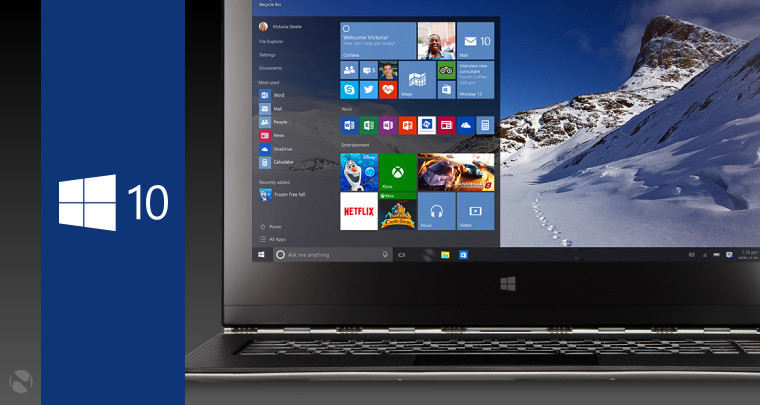
Some system administrators are reportedly waking up to a nasty surprise this morning, as Microsoft is at it again. A number of reports claim that the company is trying to indirectly shame sysadmins, via the Get Windows 10 (GWX) app, into upgrading machines to the new version of the OS. This is on top of the new patch released for IE yesterday, that also reminds users they should upgrade.
The news comes directly from a number of system administrators who are reporting that domain-joined devices that were blocked from upgrading to Windows 10 have now begun to display the familiar Get Windows 10 icon in the taskbar. If a user clicks the icon, he or she is presented with the screen found below.

As you can see, the displayed message not only generalizes by telling users that “upgrades”, implying all upgrades, have been blocked by the system administrator but also tries to put a bit of pressure on admins to upgrade machines to Windows 10.
However, the worrying part here is not necessarily that this message pops up. In fact, Microsoft announced previously that it was going to start campaigning inside of businesses with its Windows 10 upgrade push. The worrying aspect is the fact that these machines should not be seeing this message at all, and that’s according to Microsoft.
When the company first announced this new push in the business market, it said that domain-joined PCs would only see these type of messages if updates on said devices weren’t managed by WSUS or System Center Configuration Manager. But some sysadmins are saying they’re encountering these types of messages on devices which are configured to use WSUS.
As mentioned above this development seems to be independent from KB3146449, focused on Internet Explorer. So far, there are claims that editing some registries or uninstalling the original KB3035583 patch can get rid of the GWX icon, but results seem to be mixed.
One thing’s for sure though: Microsoft continues to be aggressive in its push to get Windows 10 on as many machines as possible, and that’s bound to create more friction with users who prefer to upgrade devices at their own pace.
Via: WindowsITPro / InfoWorld | Thanks for the tip Ethan!

















235 Comments - Add comment